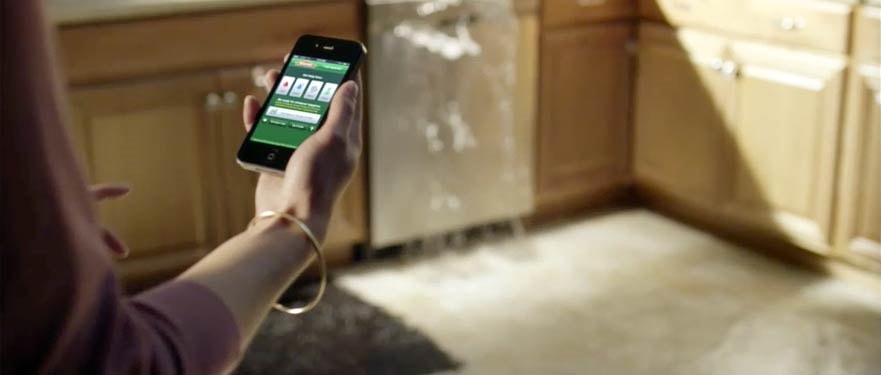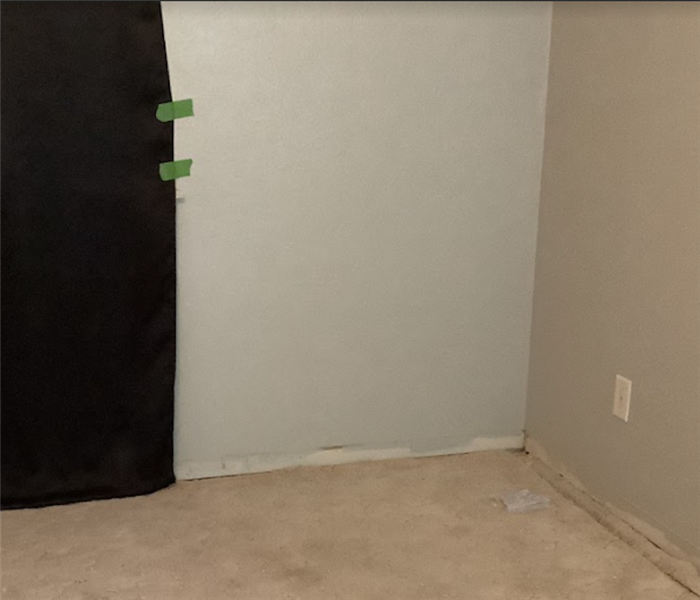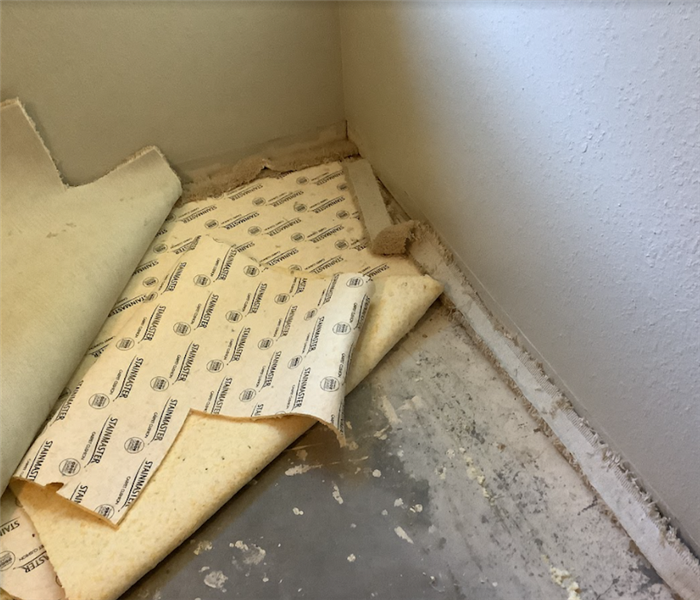
Water Damage Emergency Tips
What you can do until help arrives
Water Tips | Fire Tips | Biohazard Tips | Mold Tips
The safety of your family and pets is the first priority. After ensuring the flow of water has stopped, we check for the water category and class.
Water Category and Class
We determine the standing water’s category and class to guide our process. The IICRC classifies water in three categories depending on its level of contamination.
Category 1 Water - Clean. This water poses no health risks. In this case, we simply make sure everything the water has touched is properly dried to help prevent mold growth. Note: if the water is allowed to remain standing for days, it will eventually turn into Black Water. Water extraction is still a time-sensitive priority.
Category 2 Water - Gray. This water poses some health risks. The area will be sanitized and all water extracted.
Category 3 Water - Black. This water poses significant contamination and should not be touched. Examples include rising flood waters and sewage. Leave the area.
See our article Classification of Water and Water Category for in-depth information.
Free Consultation for Water Damage Restoration in Dallas
We’re here to help. Contact Us, and we will get in touch shortly.
Choosing Water Damage Repair in Dallas
The most recurring problem we see with DIY water damage restoration is improper drying. Water is easily trapped behind walls and under flooring. While you may not see it, that moisture may eventually lead to mold growth. Learn how to prevent mold growth after water damage here.
Leader in Texas Disaster Restoration
Have A Water Damage Emergency? Call (972) 986-7677
What To Do After Flooding
- Remove excess water by mopping and blotting.
- Wipe excess water from wood furniture after removal of lamps and tabletop items.
- Remove and prop wet upholstery and cushions.
- Place aluminum foil or wood blocks between furniture legs and wet carpeting.
- Turn air conditioning on for maximum drying in summer.
- Remove colored rugs from wet carpeting.
- Remove art objects to a safe, dry place.
- Gather loose items from floors.
What NOT To Do After Flooding
- Don't leave wet fabrics in place. Hang furs and leather goods.
- Don't leave books, magazines or other colored items on wet carpet or floors.
- Don't use your household vacuum to remove water.
- Don't use television or other household appliances.
- Don't turn on ceiling fixtures if ceiling is wet, and keep out of rooms where ceilings are sagging.






 24/7 Emergency Service
24/7 Emergency Service




